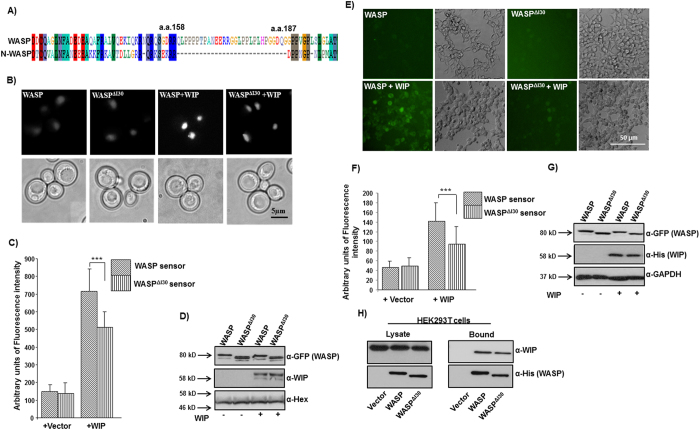Figure 3. A unique 30 amino acid region of WASP regulates WASP conformation.
(A) WASP possess proline-rich 30 amino acid region (a.a.158–187) located between WASP homology domain 1 (WH1) and basic region (BR). (B) S. cerevisiae cells were transformed with empty vector or NLS-WIP together with (1) WASP sensor or (2) WASPΔI30 sensor. The cells were grown to exponential phase and YFP signals were analyzed. Bar = 5 μm. (C) Quantification of fluorescence signal from 100 S. cerevisiae cells expressing plasmids as described in panel B. ***P < 0.001. (D) Analysis of expression of the WASP sensors or WIP in S. cerevisiae cells. Anti-Hexokinase (α-Hex) was used for endogenous control. (E) HEK293T cells expressing empty vector or WIP together with sensor constructs (WASP or WASPΔI30) analyzed by fluorescence microscopy. (F) Quantification of fluorescence signal from HEK293T cells expressing plasmid as described in panel E. ***P < 0.001. (G) Expression of sensors constructs (WASP or WASPΔI30) or WIP in HEK293T cells. (H) HEK293T cells were transfected with WIP together with (1) vector (2) WASP-His (3) WASPΔI30-His. The WASP or WASP deletion mutants were isolated by His-tag pull-down assay and probed for the presence of WIP.

